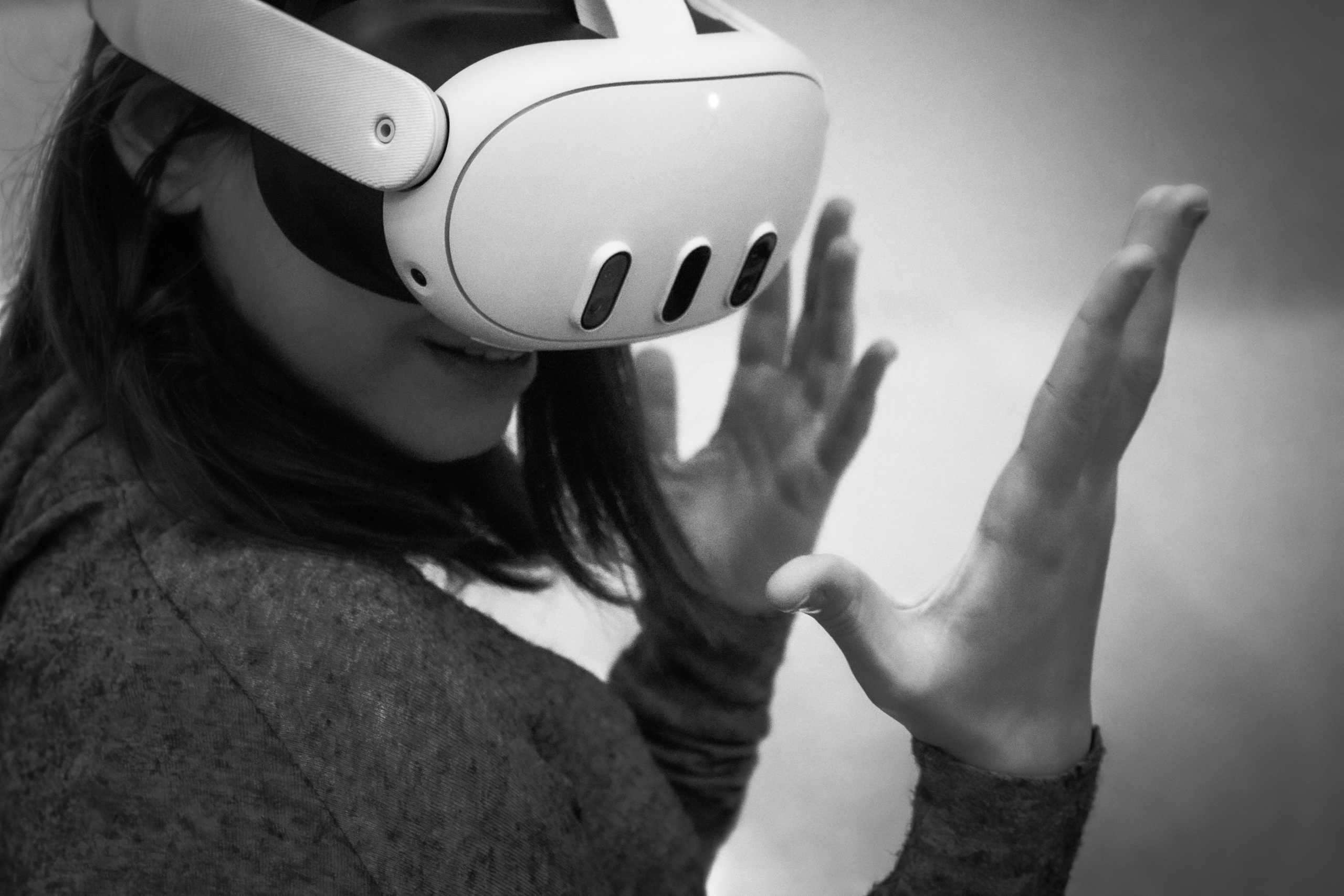News
Low-Cost VR Headsets for Kids: A Parent’s Guide to Affordable Virtual Reality

Introduction
Virtual Reality (VR) has transformed from a futuristic concept into an accessible technology for people of all ages. While high-end VR headsets like the Meta Quest 3 or PlayStation VR2 offer premium experiences, they can be expensive—especially for families with kids. Fortunately, low-cost VR headsets provide an affordable way for children to explore virtual worlds without breaking the bank.
This article explores the best budget-friendly VR headsets for kids, their benefits, potential risks, and what parents should consider before making a purchase.
Why Consider a Low-Cost VR Headset for Kids?
1. Affordability
High-end VR headsets can cost $300–$1,000, making them impractical for many families. Low-cost alternatives (typically under $100) allow kids to experience VR without a huge financial commitment.
2. Educational Value
Many VR apps offer interactive learning experiences, from exploring space to virtual science labs. Affordable VR headsets can supplement traditional learning in a fun, engaging way.
3. Entertainment & Creativity
VR isn’t just for gaming—kids can create art, explore virtual worlds, and even engage in storytelling through immersive experiences.
4. Safe Introduction to VR
Before investing in a high-end headset, parents can test whether their child enjoys VR with a cheaper model.
Top Low-Cost VR Headsets for Kids (2024 Edition)
1. Google Cardboard (Under $20)
- Type: Smartphone-based VR
- Best for: Young kids (6+) trying VR for the first time
- Pros:
- Extremely affordable
- Lightweight and easy to use
- Works with most smartphones
- Cons:
- Limited features (no motion tracking)
- No controllers
2. Merge VR Headset (~$50)
- Type: Standalone/smartphone VR
- Best for: Kids aged 10+
- Pros:
- Durable, kid-friendly foam design
- Adjustable lenses for better comfort
- Works with educational VR apps
- Cons:
- Requires a smartphone
- No built-in tracking
3. Pansonite VR Headset (~$30–$50)
- Type: Smartphone-based VR
- Best for: Budget-conscious families
- Pros:
- Comfortable head strap
- Adjustable lenses for better focus
- Works with most VR apps
- Cons:
- Requires a compatible phone
- No advanced tracking
4. Oculus Go (Used/Refurbished ~$100–$150)
- Type: Standalone VR (no PC/phone needed)
- Best for: Older kids (12+)
- Pros:
- All-in-one VR experience
- Decent game library
- Wireless and portable
- Cons:
- Discontinued but still available refurbished
- Limited processing power
5. Homido VR Headset (~$60–$80)
- Type: Smartphone-based VR
- Best for: Better optics at a low cost
- Pros:
- High-quality lenses
- Comfortable fit for kids
- Works with many VR apps
- Cons:
- Still requires a smartphone
What to Look for in a Kid-Friendly VR Headset?
1. Comfort & Fit
Kids have smaller heads, so adjustable straps and lightweight designs are essential. Avoid heavy headsets that could cause discomfort.
2. Durability
Children can be rough with tech—look for shock-absorbent materials like foam or rubber.
3. Eye Safety
VR can strain young eyes. Opt for headsets with:
- Adjustable IPD (Interpupillary Distance)
- Blue light filters
- Limited session times (experts recommend 20–30 min max for kids)
4. Content Restrictions
Some VR platforms have age-inappropriate content. Parental controls are a must.
5. Smartphone Compatibility
Most budget VR headsets require a phone—check if your device fits and supports VR apps.
Potential Risks of VR for Kids
While VR is exciting, parents should be aware of:
1. Motion Sickness
Some kids experience dizziness or nausea in VR. Start with short sessions.
2. Eye Strain
Prolonged use may cause discomfort. The American Academy of Ophthalmology says VR doesn’t damage eyes but recommends breaks.
3. Physical Safety
Kids might bump into objects while immersed in VR. Always supervise play in a clear space.
4. Privacy Concerns
Some VR apps collect data. Check permissions and disable unnecessary tracking.
Best VR Apps & Games for Kids
Educational:
- Google Expeditions (Virtual field trips)
- Tilt Brush (3D painting)
- National Geographic VR
Fun & Games:
- Job Simulator (Kid-friendly humor)
- Minecraft VR (Creative building)
- Beat Saber (Music rhythm game)
Conclusion: Is a Low-Cost VR Headset Worth It for Kids?
Budget VR headsets offer a fantastic entry point for children to explore virtual reality without a hefty investment. While they lack some features of premium models, they provide enough functionality for education, creativity, and entertainment.
Final Tips for Parents:
- Start with smartphone-based VR (like Google Cardboard) to test interest.
- Set time limits (20–30 min sessions).
- Choose age-appropriate content.
- Supervise young kids during use.
With the right headset and precautions, low-cost VR can be a safe, engaging, and educational tool for kids.

